On the occasion of World Refugee Day, we look back on our Cultural Integration Programme and Vienna city visits for the newly arrived in Austria.
As an immediate response to the unprecedented increase in applications for asylum in Austria in the summer of 2015, the International Dialogue Centre (KAICIID)’s local outreach initiative supported language learning for the newly arrived who were residing in Austria’s rural areas. In addition to providing German-language learning materials, KAICIID – in cooperation with the interreligious NGO MenschenRechteReligion – hosted bi-monthly visits to Austria’s capital as an incentive for those regularly attending German-language classes. The aim of these visits was to give the participants an understanding of Vienna’s rich history and culture through customised Arabic- and Farsi-language city tours. During the summer and winter holidays, the visits were specifically tailored for children.
Over a period of one and a half years, KAICIID organized 15 cultural orientation visits to Vienna, supporting a total of 900 newly arrived persons. The visits introduced the participants to the Austrian Parliament, the Austrian Foreign Ministry, Vienna’s Jewish quarter, various museums, including the Belvedere, the Natural History Museum, the Documentation Centre of Austrian Resistance and many more. Throughout the visits, the German-language progress was evident as during the last visits, the city tour was given in German and the participants eagerly asked questions in their new language they had perfected over time.
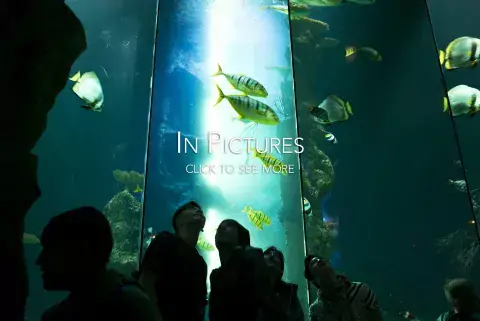
To conclude the German language support, we look into the life of some of the participants in our programme, who have learned the difficult language, and have become active and engaged members of their communities. With the gradual decline in applications for asylum, KAICIID’s focus is shifting to a long-term approach to integration with its Refugees in Europe Programme.
KAICIID will continue to support refugee integration through the Refugees in Europe Programme, launched in February 2017, which strives to support refugee integration through dialogue-based projects. This project is currently being piloted in Vienna.
About MenschenRechteReligion
Started by the Lutheran Parish of Voitsberg, with the support of the Roman Catholic Church and other groups, MenschenRechteReligion (Human Rights Religion) is a politically independent, interdenominational initiative which seeks, on the one hand, to provide information for the local population about the culturally diverse group of “outsiders” they find in their midst, and on the other hand, to support the asylum seekers as they attempt to start a new life in a new country after the trauma they have witnessed or undergone in their home countries.
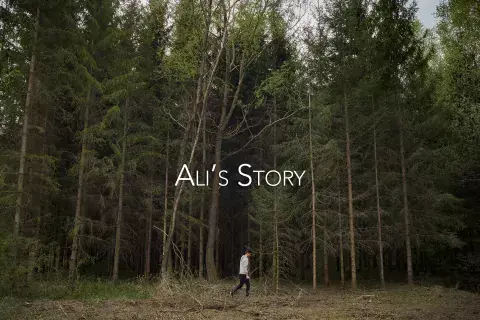
Ali is an asylum seeker from Afghanistan living in Rosental, a small city up the valley from the southern Austrian city of Graz. Ali came to Austria from Iran, where he had been living since he fled the Taliban, which is still present in his home village. However, he had to leave Iran, where he had a steady job as a plasterer, but it was not safe for him in to return home so he looked to Europe. Read more >>
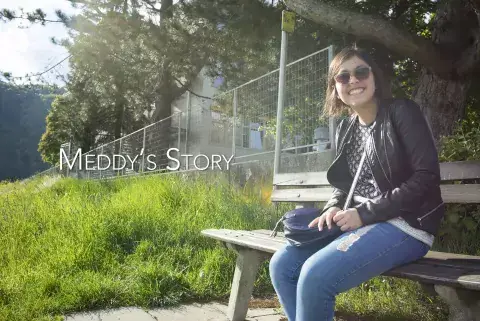
Meddy is ambitious, and is taking advantage of the opportunities she has in Austria that she wouldn’t have had in her homeland. Small things such as being able to study, make decisions for herself, and be what she wants to be when she grows up make a huge difference for her – she wants to become a lawyer or a police officer one day. Read more >>
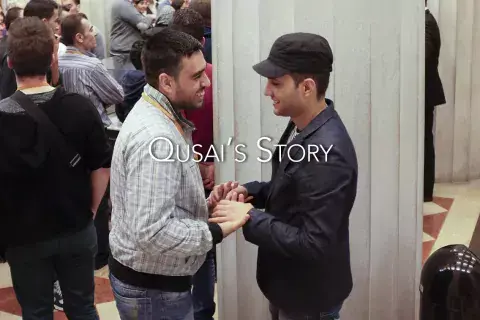
Qusai was the first asylum seeker in Köflach, a city in southern Austria just shy of 10,000 inhabitants located up the valley from the city of Graz, quietly nestled in Eastern Alps. Formerly a coal and industry town, the once bustling city is home mostly to young families and elderly people – and at one time, more than 200 asylum seekers. Qusai, an Iraqi Asylum seeker who has lived there since early 2015 has become accustomed to life in Köflach, although it was something of an adjustment after leaving his home city of well over eight million inhabitants. He calls himself “the Bürgermeister”, or the mayor of the small town because he seems to know everyone, and has flourished as a member of the community with more friends than he can count. Read More >>
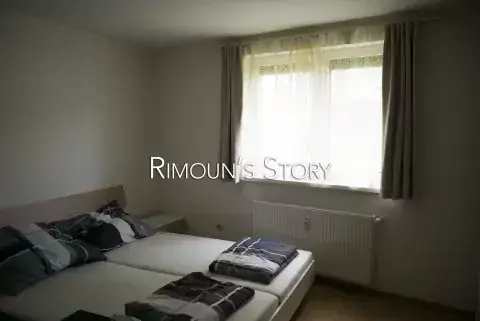
Rimoun is an electrician who has a mailbox, a coffee machine and a small apartment along the motorway in Köflach, Austria. He comes from the city of Homs and is a refugee. He worked in the same profession before he fled Syria, and was able to find a job doing the same work in Köflach, and has been employed since March of 2017. Read More >>